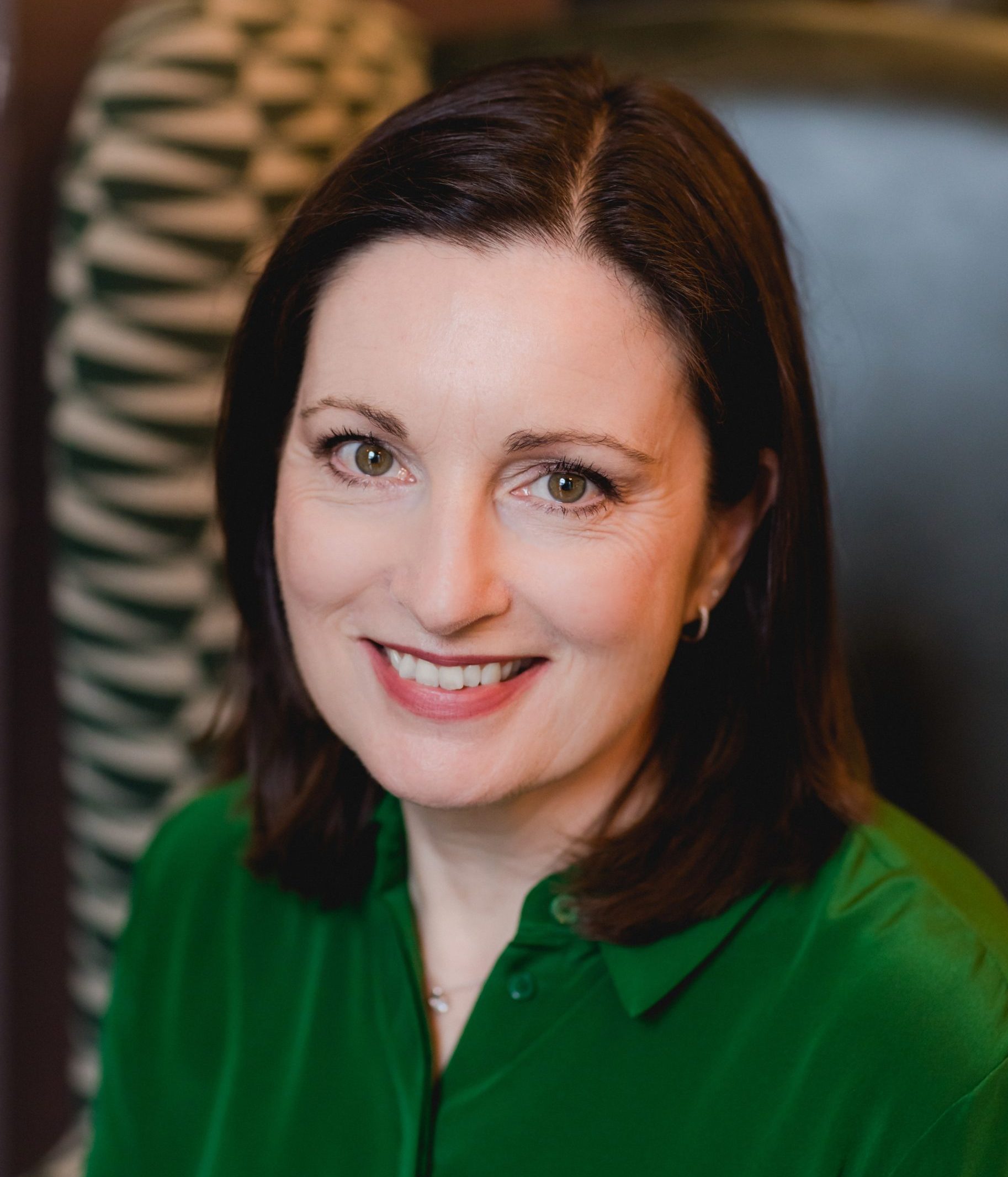Charles Heidsieck launches 2006 rosé
Charles Heidsieck outlined important finessing of its distribution as the Champagne house unveiled its Rosé Millésime 2006, the first since its 1999 vintage.
Although a Rosé Millésime 2005 remains in the pipeline, Charles Heidsieck’s executive director Stephen Leroux explained the decision to launch a 2006 expression first, saying: “2005 is very good, but it’s so closed.”
In keeping with the house’s traditional approach, the Rosé Millésime 2006, which carries an RRP of £95, is made up of just over 60% Pinot Noir and around 30% Chardonnay, drawn from around 15 villages.
While the majority of this Pinot Noir comes from the Montagne de Reims, a proportion is also drawn from Les Riceys in the warmer Aube region to the south.
Christopher Descours, chairman of luxury retail group EPI, stressed the particular appeal of Charles Heidsieck’s extensive reserve stocks when he bought the Charles and Piper Heidsieck houses from Rémy Cointreau in 2011.
“The main reason for me to be interested in the house was what’s in the bottle,” he told the drinks business. “We have some of the best reserve collection of anyone – we still have a whole tank of ’96 Cramant.”
Even after the house’s late chef de cave Thierry Roset decided to refine its vineyard sources from 120 villages to 60 villages eight years ago, Charles Heidsieck still has around 250 base wines spanning different crus and harvests to draw on for its core Brut Reserve NV.
While highlighting this inherited strength on the winemaking front, Descours acknowledged the improvement required for Charles Heidsieck’s distribution strategy. In particular, he observed: “We try to be more steady in the regularity of bottling our cuvées.”
Drawing a parallel with his group’s other luxury interests, which include shoemaker JM Weston, Descours summarised: “We’re really focused on a high end product, quality distribution and family values. Charles was really a jewel that needed to be polished and find some serious commercial partners.”
David Gleave MW, managing director of Liberty Wines, which has managed the house’s UK distribution since 2012, outlined the strategy in this market. “What we’ve done with Charles from day one is to have something that will be sold primarily through the on-trade and independent off-trade,” he commented. “It does need to be handsold.”
In particular, Gleave noted that Charles Heidsieck “does very well in the top-end on-trade,” listing London venues such as Oblix, China Tang and Dabbous as examples of where the house has been warmly received.
“It’s very important for the quality of distribution to match the quality of the wine,” continued Gleave. At a time when UK Champagne sales, especially in the off-trade, remain flat, he reported: “Sales of Charles last year were up 55% and have been growing every year.”
Partner Content
The long ageing period for these Champagnes – Charles Heidsieck’s Brut Reserve alone draws on reserve wines over 10 years old – combines with some big gaps between releases to create a challenge in managing their roll out onto the global market.
Similarly to the seven year vintage gap for the house’s Rosé Millésime, last year’s launch of the Brut Millésime 2005 represented its first expression since the 2000 vintage.
Explaining this gap, Leroux observed: “2001 was an annus horribilis and 2003 was a heatwave year with a very unbalanced harvest and very low acid.”
As for the decision to skip Champagne’s highly acclaimed 2002 and 2004 harvests, he commented: “in 2002 we decided to fill up our tanks of non vintage, which is our bread and butter.” The decision mirrors that taken by sister house Piper-Heidsieck in skipping a 2004 expression of its top cuvée Rare.
Turning to 2004, Descours hinted at a special release in the pipeline, saying only, “we did something different”.
Balancing supply becomes even more challenging for Charles Heidsieck with its top expression, Blanc des Millenaires, which is still represented by the 1995 vintage, first launched eight years ago but disgorged to order from Charles Heidsieck’s “Oenothèque”.
Descours stressed the value of this maturation programme as “a long term asset” for the company, saying: “We would like to continue the Oenothèque as best we can. It sets the benchmark very high.”
At the moment, the house plans to launch its next Blanc des Millenaires vintage in two years time, by which point the roll out of the 1995 will have been stretched across an entire decade.
That supply management becomes ever more pressured as Charles Heidsieck strengthens its distribution – alongside the significant growth reported by Gleave, Leroux noted that since establishing a new set-up in France “we have increased sales of Blanc des Millenaires 10 times.”
With its £145 price tag, Leroux observed of the cuvée: “This is not a Champagne for typical consumers; it’s Corton Charlemagne with bubbles.” Nevertheless, he continued: “There are a lot of experts around the world and they’re a community that talk to each other so it’s about finding them.”




